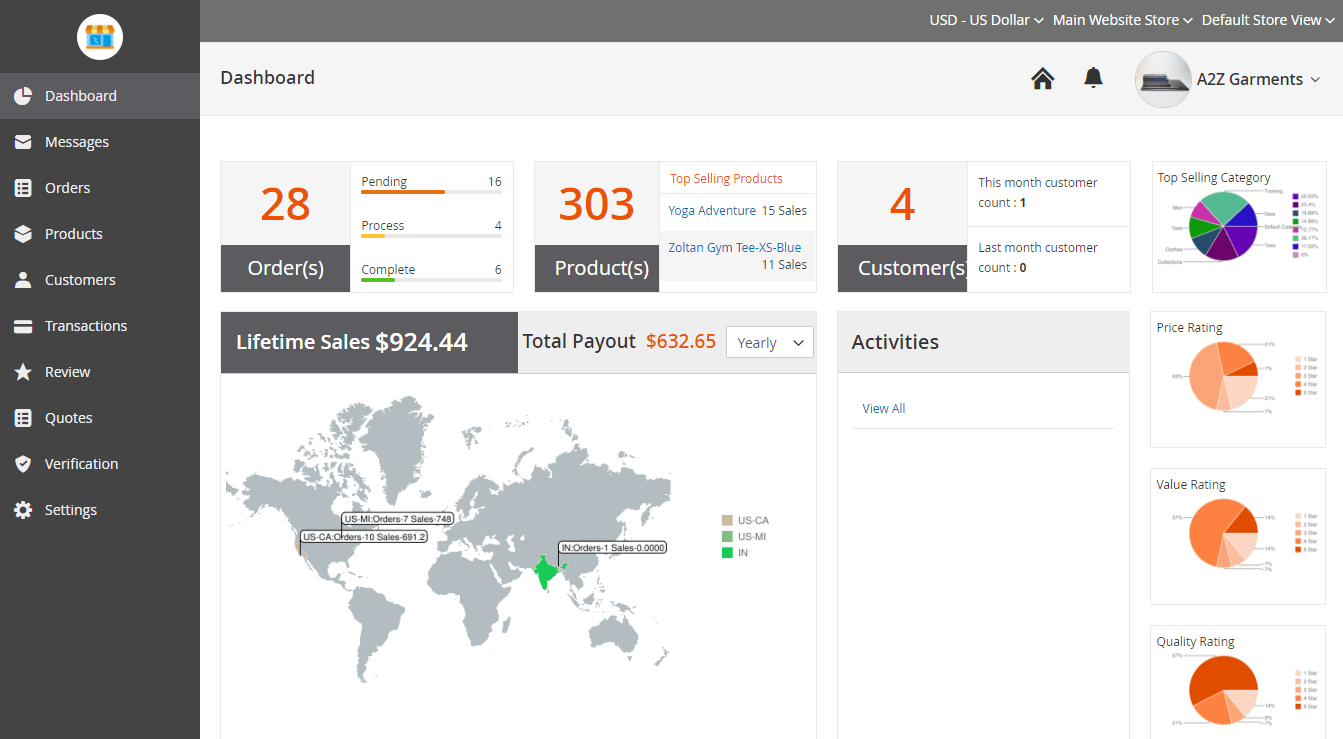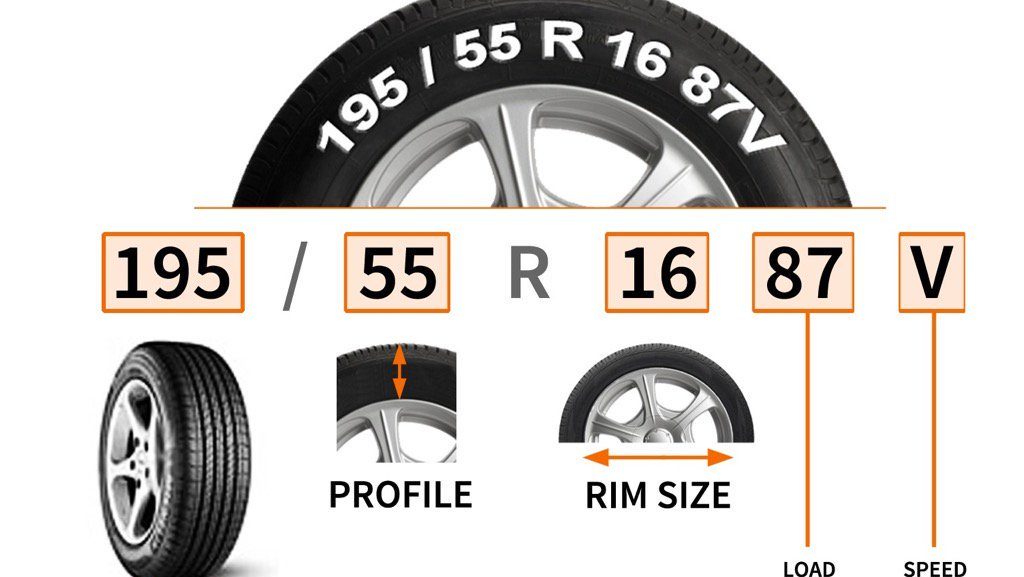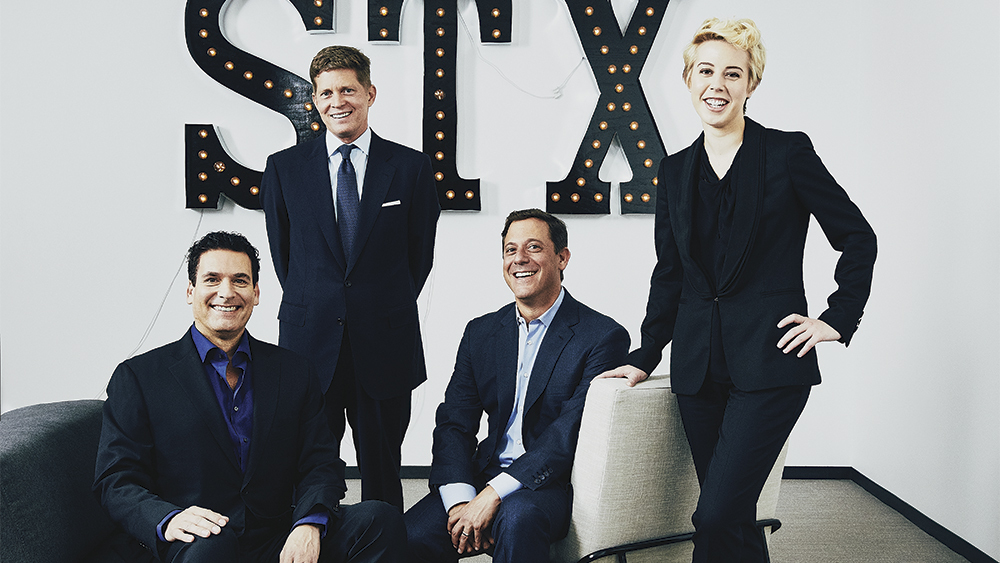According to Centers for Disease Control and Prevention, 33,000 people die annually because of traffic incidents and most of these accidents could have been prevented if the driver wasn’t distracted. Though distraction is not an issue faced by most new drivers, it is something that happens to ones who have been driving for a long time and have confidence in their skills. One proposed solution to this problem that is generating a great deal of buzz is the use of driverless vehicles.
Automobile industry giants such as Tesla, Ford, and GM are working towards driverless cars, and according to them, these cars can make roads much safer. However, whether or not this is true is up to debate.
Chris Urmson, the director of Google’s self-driving program, says that their vehicles are better because “they are more courteous and more defensive drivers than normal drivers.”
While some of these cars come with dual functionality where a physical driver can take over at any said point, most of them will have no steering wheel or brake pedal. This feature is somewhat nerve-wracking for those that believe that these two things are most important when it comes to driving a car.
Safety for Driverless Vehicles
Whether or not these driverless cars are safe is something that needs to be checked on several grounds. On the other hand, the safety guidelines fulfilled by usual vehicles will be different for what it means for driverless cars. While these autonomous vehicles cannot be 100% safe, companies manufacturing them need to be cautious, so they don’t break the law.
Here’re a couple of ways the driverless car will benefit the public.
- 81% of car crashes happen because of human error and bad behavior exhibited by the driver. Computers will bring this number down considerably and take out the danger from this scenario. Because these machines use sophisticated algorithms, they’ll stop at appropriate distances, decrease their speed when necessary and just be a lot safer than a human driver. These cannot be distracted, so fewer accidents will occur.
- The average cost of human life is $9.2 million. When lives are no longer at stake due to road accidents, consumers need to spend less money on insurance, healthcare, and accident recovery.
- Driverless cars engage in something called platooning, a method to increase the capacity of the road. This technique decreases the distance between cars and trucks and would improve congestion-related traffic issues. This, in turn, will help people reach their offices and home earlier and save a considerable amount of fuel.
- Driverless cars would be a breath of fresh air for disabled people who have to rely on transportation or other assistance to get around. With these vehicles, these individuals would be free to move at their own convenience and wouldn’t need to rely on outside help.
- According to a study conducted by the Civil and Environmental Dept. of the University of Washington, robots will reduce fuel consumption from 4-25%. That’s a huge percentage because gasoline and air pollution is a major contributor to global warming.
- Finally, though there’re a lot of other benefits of driverless cars, they are speculated to be much safer because they’ll drive autonomously. These self-driving cars will have the ability to communicate and connect with the technology around them such as traffic lights and mobile phones and so will be able to predict danger earlier.
On the Flipside
Because autonomous vehicles are still being perfected, there are doubts. Despite some good results, the market is still under scrutiny ever since the autonomous Tesla Sedan S crashed into a trailer in May 2016. This crash resulted in the death of a passenger, but Elon Musk, the CEO, and founder of Tesla stressed on the importance of moving forward with the technology with a new feature called the ‘shadow mode,’ which will help in training the Autopilot technology.
Here’s the downside of driverless cars.
- These cars may face difficulty in adverse weather conditions where rainfall or snow could interfere and even blind the sensors mounted on top of the car’s roof and its video and photo cameras. Delphi, faced issues in 2015 with its Audi SQ5 when the car wasn’t able to function correctly when the lanes weren’t marked or when there was construction in its route.
- Unlike the typical cars that range from a few hundred to thousand dollars, these self-driving cars will be expensive. These vehicles are expected to be anywhere between 70-100,000 dollars, and that’s something not everyone can afford or want to spend their hard earned money on.
- As we are aware, unemployment is already an issue that’s increased leaps and bounds in the past years, and self-driving cars will make things even worse. No longer will you need your taxi or Uber driver to pick you up because everything will be managed by the computer. Loss of jobs is terrible news for those who make an honest living out of driving – such as cab and truck drivers.
- When you talk about electronics, you cannot escape hackers and potential risk of privacy. Because these cars will be fully automated, they can be hacked by outsiders and the vehicle and/or passenger can be at risk for a myriad of demands and threats.
- Another risk associated with driverless cars is that electronics can malfunction at any time. Even under regular maintenance, these electronics aren’t reliable because they could short-circuit and even minor glitches could cause life-threatening accidents.
- Perhaps one of the biggest concerns with self-driving cars is that of free-will and consciousness. Unlike humans who can take decisions immediately and ethically, driverless cars won’t do any such things when faced with difficulty. Though these issues might not arise ever-so-often, there will be incidents when they do.
Conclusion
The self-driving cars industry is still in its early days, and there’s no verdict as of yet about its safety and effectiveness. Though testing is being conducted by Google, Tesla and other companies, things are still undecided. Uber joined the circle as well when it began testing its driverless cars in L.A and Texas in the second half of 2016. Because data is still being collected, it will take a long time to officially get these cars on the road and determine whether or not they’re safer as compared to today’s cars.















